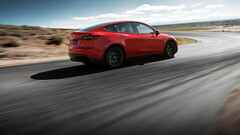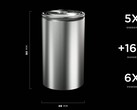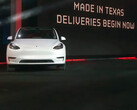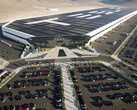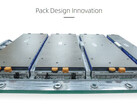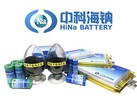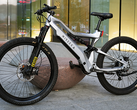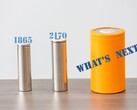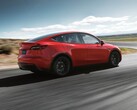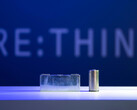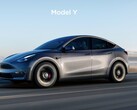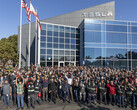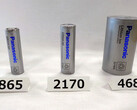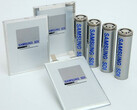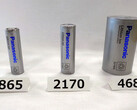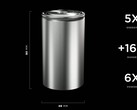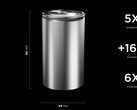After a Model Y cell-to-chassis 4680 battery platform teardown that revealed it's nigh impossible to replace the pack's individual battery cells, now those same cells were tested for energy density and chemical composition, confirming the somewhat disappointing results from previous 4680 teardowns. It turns out that Tesla's touted 4680 battery has lower energy density than the tried-and-true 2170 cells it's been putting in its electric vehicles en masse.
The analysis returned 244 Wh/kg energy density for an almost new Model Y 4680 battery cell, compared to 269 Wh/kg for the ubiquitous Panasonic 2170 cells that Tesla uses in its long-range vehicles here in the US. This jibes with recent revelations that the main reason Tesla is using 4680 batteries at the moment is to cut manufacturing costs, rather than any of the other pie-in-the-sky advantages announced on Battery Day a few years back.
A Model Y's 4680 pack, for instance, is US$3,600 cheaper to manufacture than one with 2170 cells, but even then Tesla is only halfway through with the cost reduction potential of the new technology. It has yet to master and scale the dry-coating cathode method which would bring the pack's cost down US$5,500 compared to the 2170 battery.
For now, the battery that is in the Model Y assembled in the Austin factory is cheaper to produce than the 2170-equipped units because the larger cells allow for manufacturing efficiencies resulting in a lighter pack. The Tesla 4680 cell analysis found it to have thicker walls than its 2170 counterpart, as the cell-to-chassis technology actually uses the cans as structural packs for the vehicle. That's one small reason for its lower energy density, offset by using a much thicker cathode in the 4680 cell, unfortunately still made with the slower and expensive wet-coating method.
The thicker cathode only bumps the 4680 capacity by 15% compared to the one in the 2170 cell, though, as it uses less nickel in its chemical composition. Instead, there is more of the expensive but less efficient cobalt for reasons that might have to do with the recent challenges in nickel supply. The other big reason for the superior energy density of Panasonic's 2170 cells is that they have 10% silicon in their anode, whereas the 4680 unit has none.
All in all, however, if accounting for all those structural and chemical composition differences, the 4680 and 2170 battery cells that Tesla uses have pretty similar adjusted energy density. It's just that the 4680 is not currently living up to its full potential but for its cost benefits that keep Tesla's profit margins intact.
Tesla may have other Model Y versions with a 4680 battery in the works, though, as it was just granted three Certificates of Conformity for the 2023 Model Y by the EPA. These include an AWD Model Y Long Range, as well as an AWD Model Y Performance and an AWD Model Y, too. Let's not forget that the 4680 cell sourced for this analysis was produced over the summer, and the production methods may be improved for the new 2023 Model Y versions, too.




